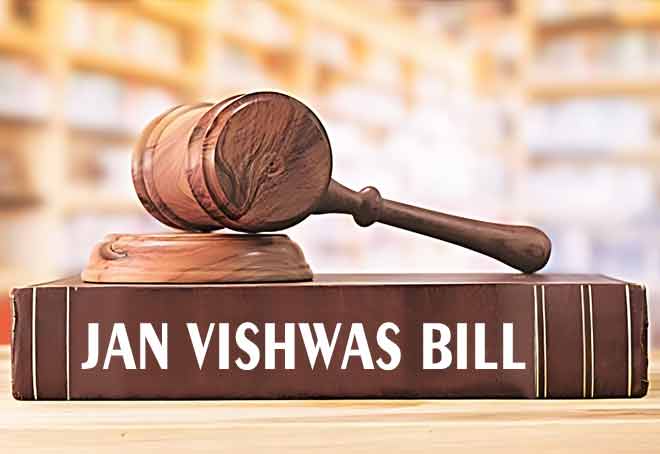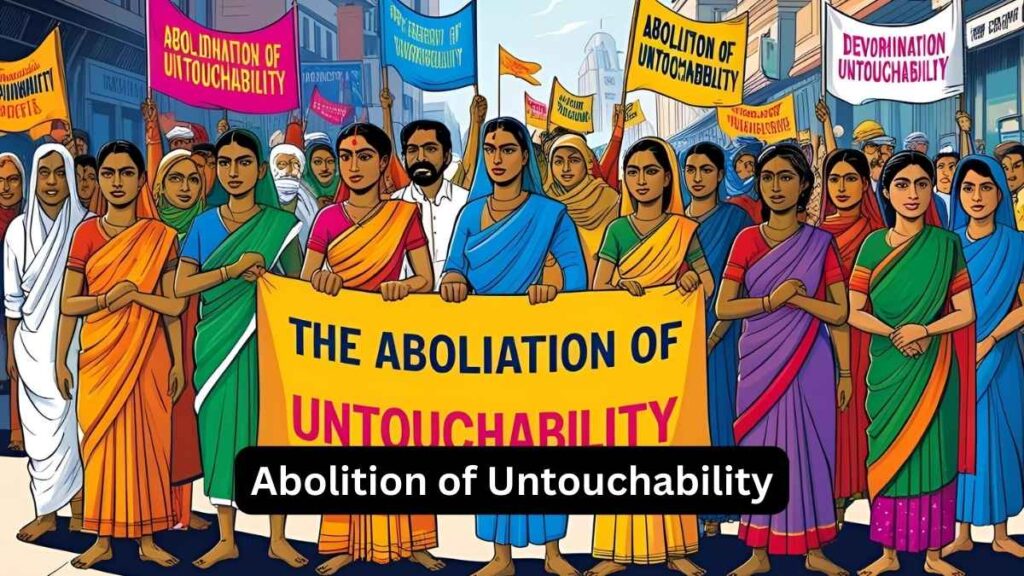Font size:
Print
50 Years of Microfinance in India
Context:
Microfinance in India, pioneered by SEWA Bank in 1974, has evolved into a ₹4.2 lakh crore industry, serving 8 crore borrowers.
Microfinance refers to a range of financial services including small loans, savings, insurance, and financial education aimed at low-income individuals or groups who lack access to traditional banking services.
More on News
- Initially focused on poverty alleviation, it now plays a crucial role in financial inclusion, especially for women and rural entrepreneurs.
- However, challenges like geographical concentration, over-indebtedness, and regulatory hurdles persist.
Evolution of Microfinance in India
- Phase 1: Traditional Microfinance (1974-1990)
-
-
- SEWA Bank introduced doorstep banking, credit cooperatives, and financial literacy for women.
- Government schemes like Integrated Rural Development Programme (IRDP) and Regional Rural Banks (RRBs) aimed at rural credit but faced high defaults.
-
- Subsidised credit failed, leading to a shift toward sustainable models.
- Phase 2: Market-Driven Reforms (1991-1999)
-
- NABARD’s SHG-Bank Linkage Program (1992) boosted repayment rates.
- Private MFIs emerged, proving the poor were creditworthy.
- Sa-Dhan (1999) became the first MFI network, promoting best practices.
- Phase 3: Rapid Growth & Crisis (2000-2012)
-
- Commercial banks began funding MFIs, leading to rapid expansion.
- Andhra Pradesh crisis (2010): Coercive recovery practices triggered suicides and defaults, prompting strict RBI regulations (Malegam Committee).
- MFIs transformed into NBFCs, attracting private equity but facing “mission drift”—prioritising profits over social impact.
- Phase 4: Digital & Regulatory Maturity (Post-2012)
-
- RBI harmonised microfinance rules (2022), ensuring transparent lending and borrower protection.
- Bandhan Bank (2015) and Small Finance Banks (SFBs) formalised microfinance.
- COVID-19 disruptions led to digital adoption but also loan defaults.
- Current Landscape (2024)
- ₹5.4 lakh crore in active loans, covering 730 districts.
-
- Top 5 states (Bengaluru, Tamil Nadu, West Bengal, Karnataka, Maharashtra) hold 55% of loans—showing geographical skew.
- Sustainability focus: Green loans, water-sanitation projects, and health micro-insurance are growing.
Key Challenges
- Over-Indebtedness: Multiple loans to same borrowers increase default risks.
- Limited Financial Literacy: Many borrowers don’t understand loan terms.
- Regulatory Gaps: Need better integration of SHGs, NBFCs, and credit bureaus.
- Climate Risks: MFIs lack products for climate-vulnerable regions (e.g., flood-prone areas).
Way Forward
- Expand Digital Lending: Mobile banking can improve rural reach.
- Strengthen Credit Bureaus: Prevent over-lending with real-time data.
- Gender-Centric Policies: More loans for women-led enterprises.
- Climate-Adaptive Finance: Insurance-linked loans for farmers in disaster-prone zones.
Microfinance has come a long way—from subsidised doles to a regulated, tech-driven sector. Yet, to achieve deeper financial inclusion, India must address regional disparities, enhance borrower education, and innovate in sustainable finance.


